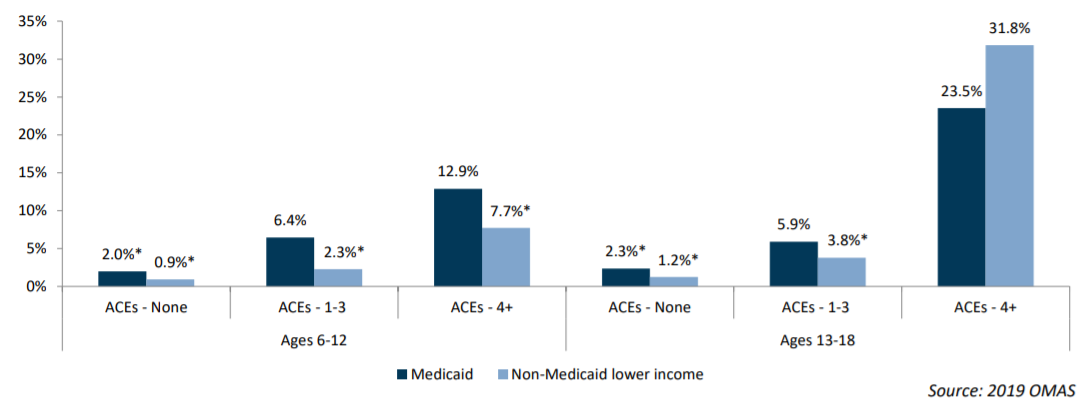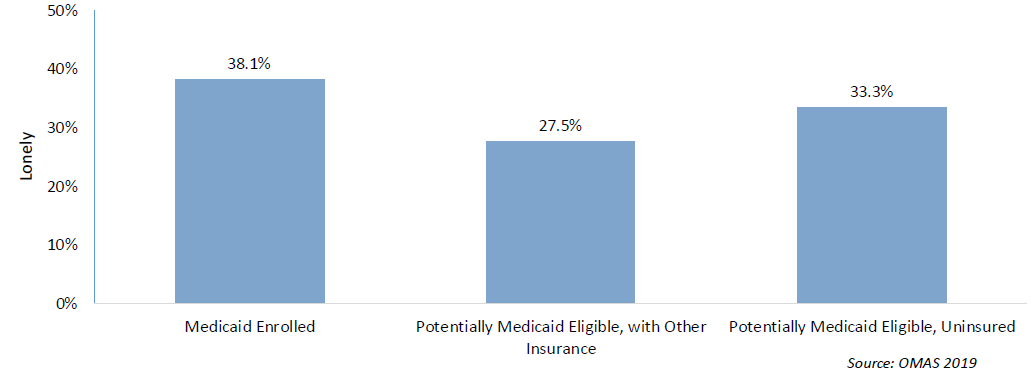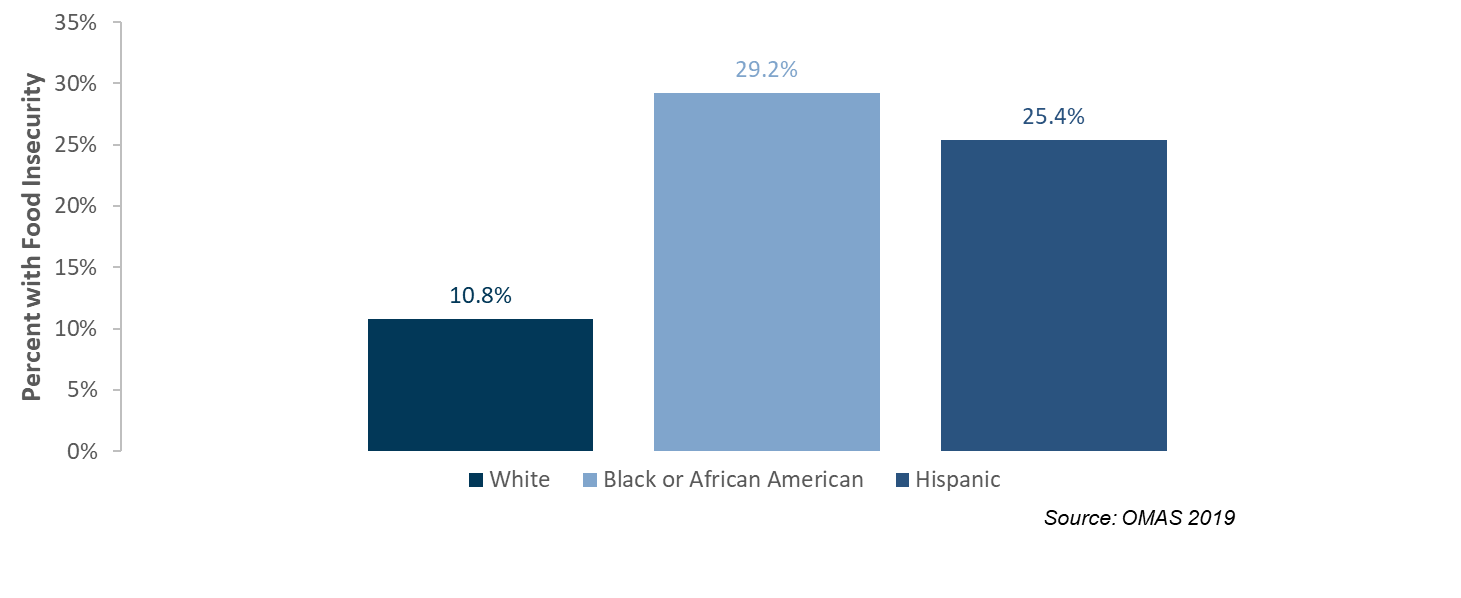The Ohio Colleges of Medicine Government Resource Center today released 14 new chartbooks covering key findings and demographics on the health of adults, adolescents and children in Ohio.
The chartbook data comes from the 2019 Ohio Medicaid Assessment Survey (OMAS), the nation’s largest and longest running state-based population health survey. Since its first iteration in 1997, OMAS has provided a comprehensive profile on access to health care, health care use, health status, mental health, employment, health insurance status, and behavioral health risk in Ohio. The 2019 survey included 31,558 adult responses and 7,404 children responses, by adult proxy, from all 88 counties in Ohio.
The 2019 OMAS also includes first-time data findings based on updated survey questions that focus on child adverse events (ACEs), housing insecurity, vaping and substance use, individual isolation, and various social determinants of health.
The 2019 chartbooks serve as an important benchmark as clinicians, researchers and policymakers begin to assess the significant health and socio-economic challenges created from the pandemic.
“Ensuring every child and family in Ohio has an opportunity to succeed, stay healthy, and thrive starts with evidence-based health policy decisions supported by research like OMAS,” said Ohio Medicaid Medical Director Dr. Mary Applegate. “Our population health work gives policymakers, researchers, health care practitioners, and communities pre-pandemic health benchmarks that may be particularly impactful as we better address disparities.”
Pandemic distress may have exposed children to Adverse Childhood Experiences
Mental Health Impairment among Ohio Youth (Ages 6-18) with Household Income ≤ 206% FPL, by Income/Insurance Status, Count of ACEs, & Age

- In 2019, 30.4% of children in Ohio under the age of 6 had experienced 1-3 potentially traumatic or stressful events, also known as adverse childhood experiences (ACEs), and was highest among children insured by Medicaid.
- ACEs were strongly associated with asthma and mental health impairment (MHI).
High unemployment means longer enrollment in Medicaid
Percent Employed Among Ohioans (Ages 19-64) by Insurance/Income Category, 2019

- Since the beginning of the COVID-19 pandemic in early March, over 1.4 million Ohioans have filed an initial application for unemployment insurance in Ohio.
- Nearly half (47.2%) of those insured through Medicaid expansion in 2018 unenrolled within a year.
- However, with displaced workers from the pandemic, we can expect longer enrollment in Medicaid as they retrain for new jobs in other industries.
Loneliness is higher among low income Ohioans
Percent of Working Age Ohioans (ages 19 to 64) who reported Being Lonely by Insurance Status

- Lower income Ohioans reported the highest rates of loneliness (38.1%).
- Loneliness was associated with higher rates of smoking, poor health, and mental health impairment.
- Prolonged isolation during the pandemic may result in negative long-term health affects post-pandemic .
Health disparities persist
Food Insecurity by Race/Ethnicity Food Insecurity by Race/Ethnicity Food Insecurity by Race/Ethnicity Food Insecurity by Race/Ethnicity

- The pandemic magnified the already heavy burden of racism on health disparities for Black and Hispanic Ohioans.
- COVID-19 was the 4th leading cause of death for Black or African Americans in Ohio.
- Pre-pandemic, Black Ohioans had higher rates of food insecurity and inadequate housing compared to white Ohioans.
The OMAS dataset is free and available for public use. Fast, real-time OMAS plots, maps, tables, and trending data can be accessed via the OMAS dashboard. Those interested specifically in obtaining a dataset with geographic identifiers must submit a data-use inquiry form.
OMAS is a Medicaid Technical Assistance and Policy Program (MedTAPP) project sponsored by the Ohio Department of Medicaid, Ohio Department of Health, the Ohio Department of Mental Health and Addiction Services, and The Ohio State University. The OMAS Executive Committee includes representatives from the sponsoring state agencies, other cabinet-level health and human services agencies, academic subject matter experts, and staff from GRC.
